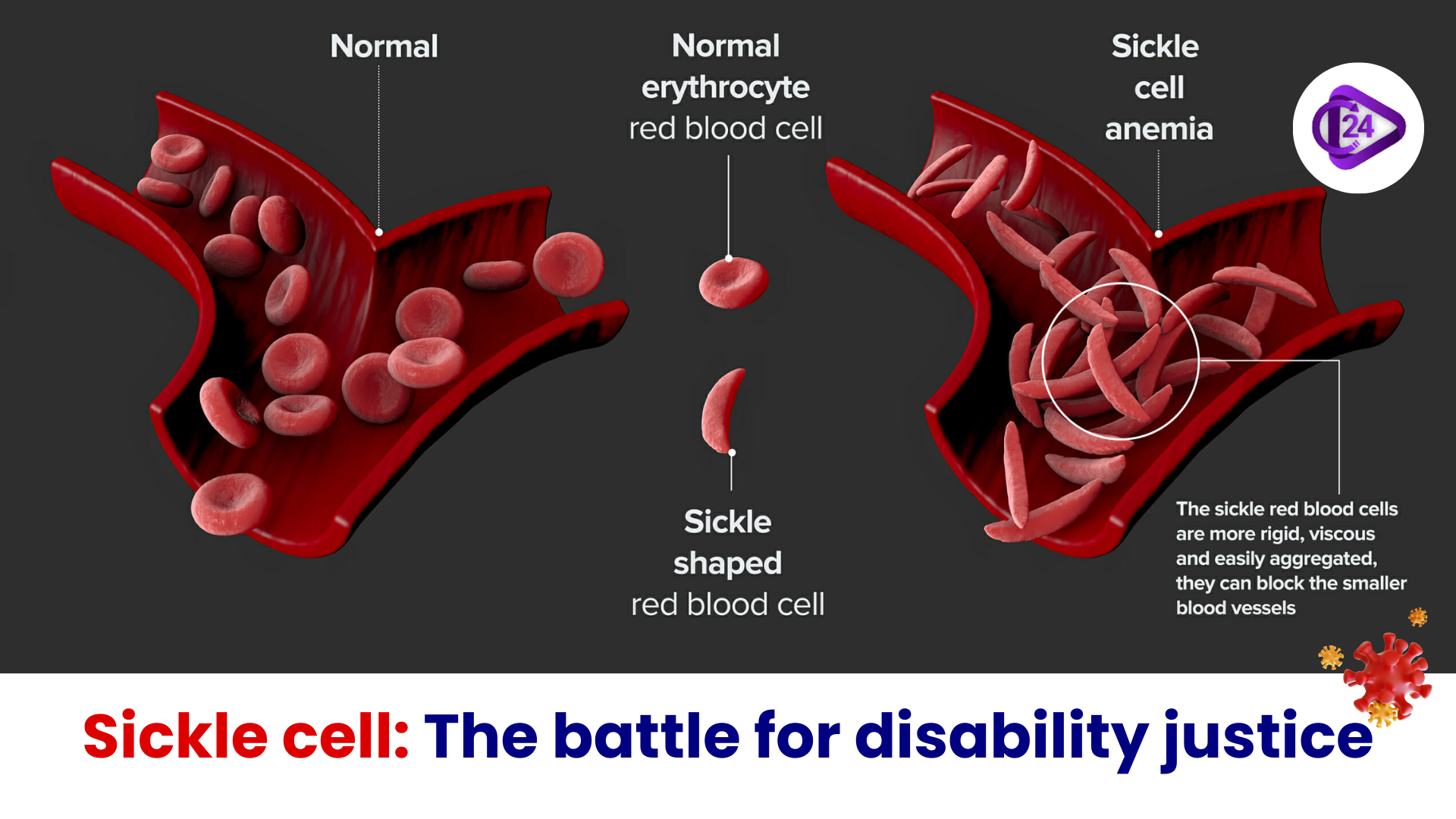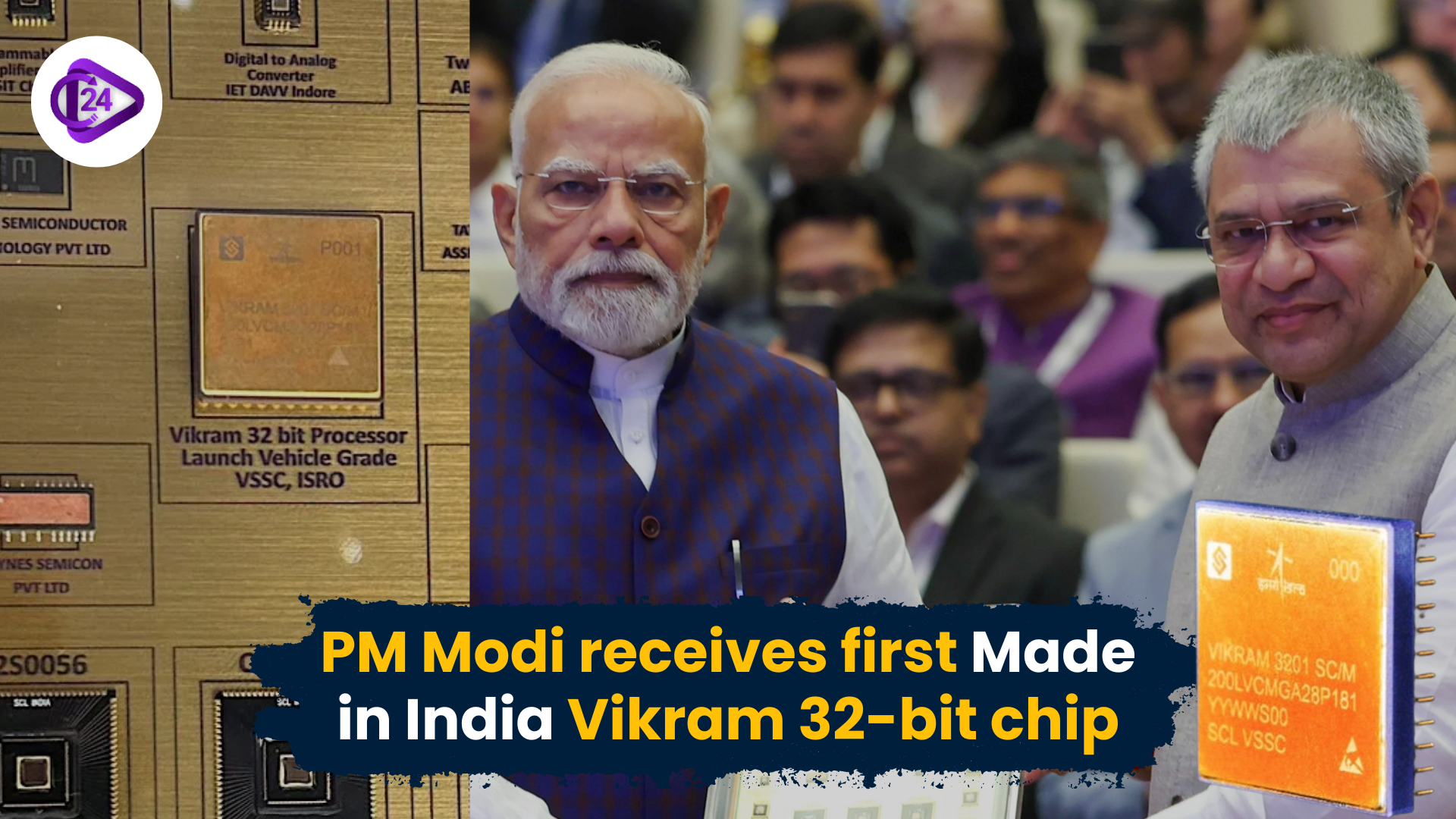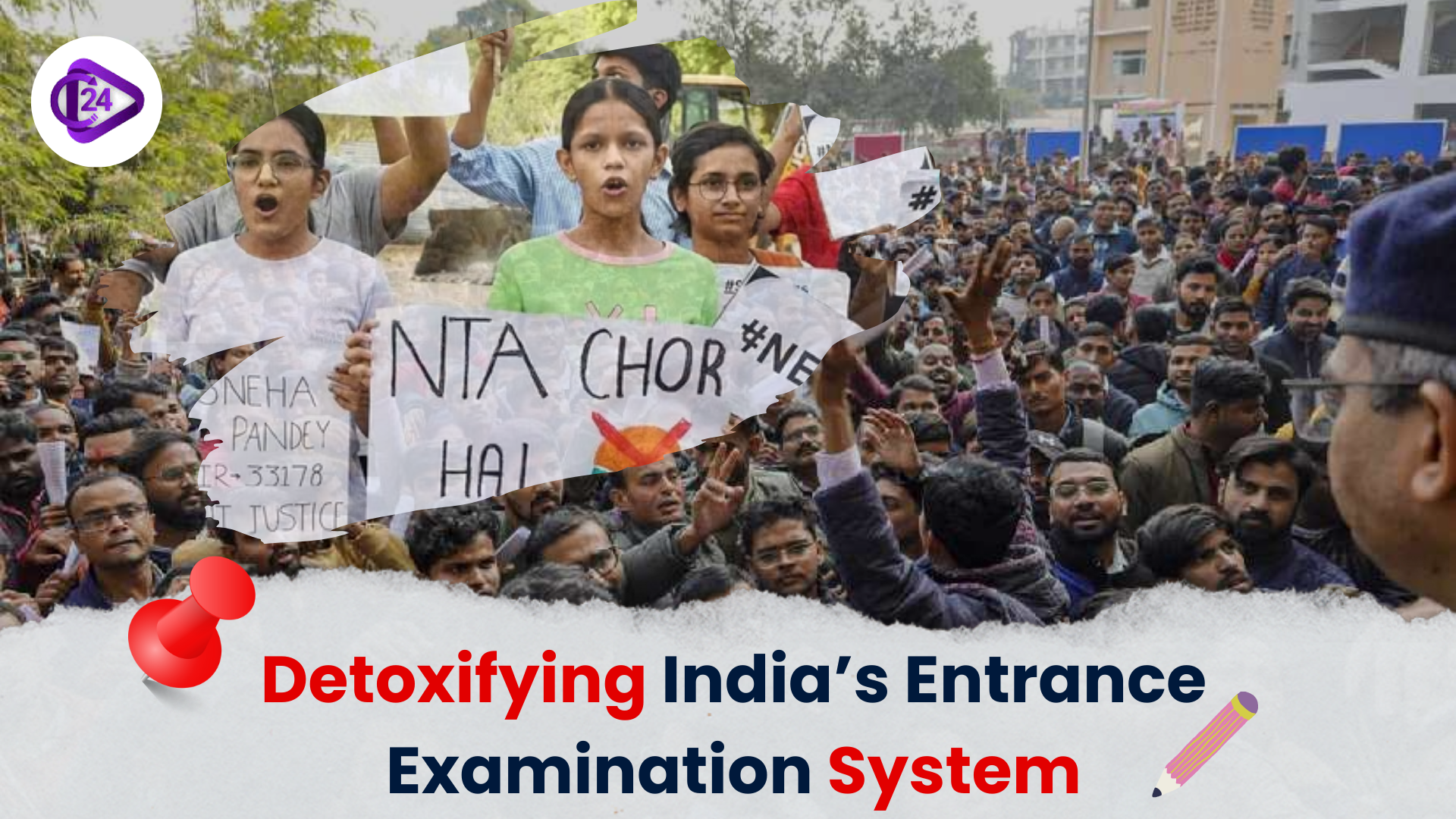
Following the Pahalgam terror attack that killed 26 civilians, India launched Operation Sindoor targeting 9 locations used by banned groups, including Jaish-e-Mohammed (JeM) and Lashkar-e-Taiba (LeT) and Hizbul Mujahideen (HM). Observer commands consisting of Indian military forces conducted strikes through coordinated air, ground, and naval forces against targets in Pakistan and Pakistan-occupied Kashmir. Operation Sindoor served two purposes since it targeted terrorist activities while seeking vengeance for the Pahalgam attack without permitting open conflict with Pakistan's military.
Context:
-
Operation Sindoor served as India's counteraction to the Pahalgam terror attack that claimed 26 lives on April 22, 2025.
-
The operation conducted airstrikes on 9 surreptitious terrorist facilities distributed between Pakistan and Pakistani-controlled Kashmir, with 4 in Pakistan and 5 inside PoK.
-
The Indian forces, consisting of the army, the air force, and the navy carried out the operation from their position within India using precision-guided munitions.
-
Operation Sindoor received a description from India's Defense Ministry as "focused, measured, and non-escalatory" to confirm the avoidance of Pakistani military sites.
Key Points:
Targeted Terror Sites:
9 terror camps became targets after the operation pursued them at these locations:
Operation in Pakistan (4 sites)
| Location | Function / Affiliation |
|---|---|
| Markaz Subhan Allah, Bahawalpur | Jaish-e-Mohammed (JeM) Headquarters |
| Markaz Taiba, Muridke | Lashkar-e-Taiba (LeT) Base |
| Mehmoona Joya, Sialkot | Hizbul Mujahideen Camp |
| Markaz Ahle Hadith, Barnala | LeT-linked Religious Indoctrination Hub |
Operation in POK - Pakistan Occupied Kashmir (5 sites)
| Location | Function / Affiliation |
|---|---|
| Syedna Bilal Camp, Muzaffarabad | Jaish-e-Mohammed Training Centre |
| Shwawai Nalla Camp, Muzaffarabad | Lashkar-e-Taiba Operations Unit |
| Makaz Raheel Shahid, Kotli | Hizbul Mujahideen Centre |
| Markaz Abbas, Kotli | JeM Safehouse |
| Sarjal Facility, Tehra Kalan | Weapons and IED Storage |
Background of the Operation Sindoor
-
Active terrorists killed 26 innocent civilians during the Pahalgam terror attack in April 22, 2025.
-
The attack led to higher tensions between India and Pakistan after it became known that Jaish-e-Mohammed (JeM), Lashkar-e-Taiba (LeT), and Hizbul Mujahideen (HM) conducted terrorist attacks on Indian territory.
-
India launched Operation Sindoor to eliminate both the terror groups' infrastructure and leadership.
-
The Indian forces executed Operation Sindoor on May 7, 2025 using deliberate steps that kept the campaign focused and maintained control over escalating military actions to stop disarm development toward total conflict.
Strategic Importance:
-
Security forces conducted a targeted operation against Jaish-e-Mohammed and Lashkar-e-Taiba headquarters responsible for carrying out terrorist strikes including the Pulwama incident, the 2008 Mumbai attacks, and the attack against the Indian Parliament.
-
Indian military action became necessary because Pakistan refused to eliminate its terror groups.
Coordinated Effort:
-
This military action received support from all three components of Indian armed forces, including the Army, Navy and Air Force.
-
The Indian government adopted intelligence data combined with precise weapon systems to deliver attacks that struck only terrorist infrastructure.
-
The operation was designed to stay non-escalatory to prevent attacking any sanctuaries belonging to Pakistan's armed forces so a major military confrontation between both countries could be avoided.
International Diplomacy:
-
India shared details of its anti-terror activities directed at Pakistan-based groups with multiple world capitals including the United States, after the attacks.
-
During diplomatic talks, NSA Ajit Doval presented proof to US officials demonstrating Pakistan-based terrorist involvement in the Pahalgam attack, which necessitated Operation Sindoor.
Notable Military Operations of India
| Year | Force | Operation Name | Location / Objective |
|---|---|---|---|
| 1948 | Indian Army | Operation Polo | Hyderabad – Integration of princely state |
| 1961 | Indian Army | Operation Vijay | Goa – Liberation from Portuguese rule |
| 1971 | Indian Navy | Operation Trident | Karachi – Naval strike during Indo-Pak war |
| 1984 | Indian Army | Operation Blue Star | Punjab – Removal of militants from Golden Temple |
| 1999 | Indian Air Force | Operation Safed Sagar | Kargil War – Air support operations |
| 2015 | Indian Navy | Operation Raahat | Yemen – Civilian evacuation during conflict |
| 2016 | Indian Army | Myanmar Surgical Strike | Cross-border counter-insurgency mission |
| 2019 | Indian Air Force | Operation Bandar | Balakot – Airstrike after Pulwama attack |
| 2020 | Indian Navy | Operation Samudra Setu | COVID-19 – Global repatriation of Indians |
| 2024 | All Forces | Operation Sindoor | Pakistan & PoK – Response to Pahalgam attack |
Conclusion:
The military operation designated Sindoor focused solely on striking terrorist facilities located throughout Pakistan territory, alongside Pakistan-occupied Kashmir. Another demonstration of India's resolve against cross-border terrorism arose through precision strikes targeting JeM, with LeT and HM at their operational bases. Through its military operation, India protected a non-escalatory status while making its diplomatic objectives clear to defend both sovereignty and its citizens.



 India needs more women judges in the Supreme Court
India needs more women judges in the Supreme Court Sickle cell: The battle for disability justice
Sickle cell: The battle for disability justice PM Modi receives first Made in India Vikram 32-bit Chip
PM Modi receives first Made in India Vikram 32-bit Chip Census 2027: First Digital Census with Geo-Tagged Buildings
Census 2027: First Digital Census with Geo-Tagged Buildings The rise and risks of health insurance in India
The rise and risks of health insurance in India NCERT Launches Bal Vatika TV and DIKSHA 2.0 on 65th Foundation Day
NCERT Launches Bal Vatika TV and DIKSHA 2.0 on 65th Foundation Day Educate Girls Wins Ramon Magsaysay Award 2025
Educate Girls Wins Ramon Magsaysay Award 2025 Reforming India’s Entrance Exams: Towards Equity and Student Well-being
Reforming India’s Entrance Exams: Towards Equity and Student Well-being Dowry Deaths in India: Nikki Bhati Case Exposes Systemic Silence
Dowry Deaths in India: Nikki Bhati Case Exposes Systemic Silence J&K: Annual Mela Patt Festival Begins in Bhaderwah
J&K: Annual Mela Patt Festival Begins in Bhaderwah






